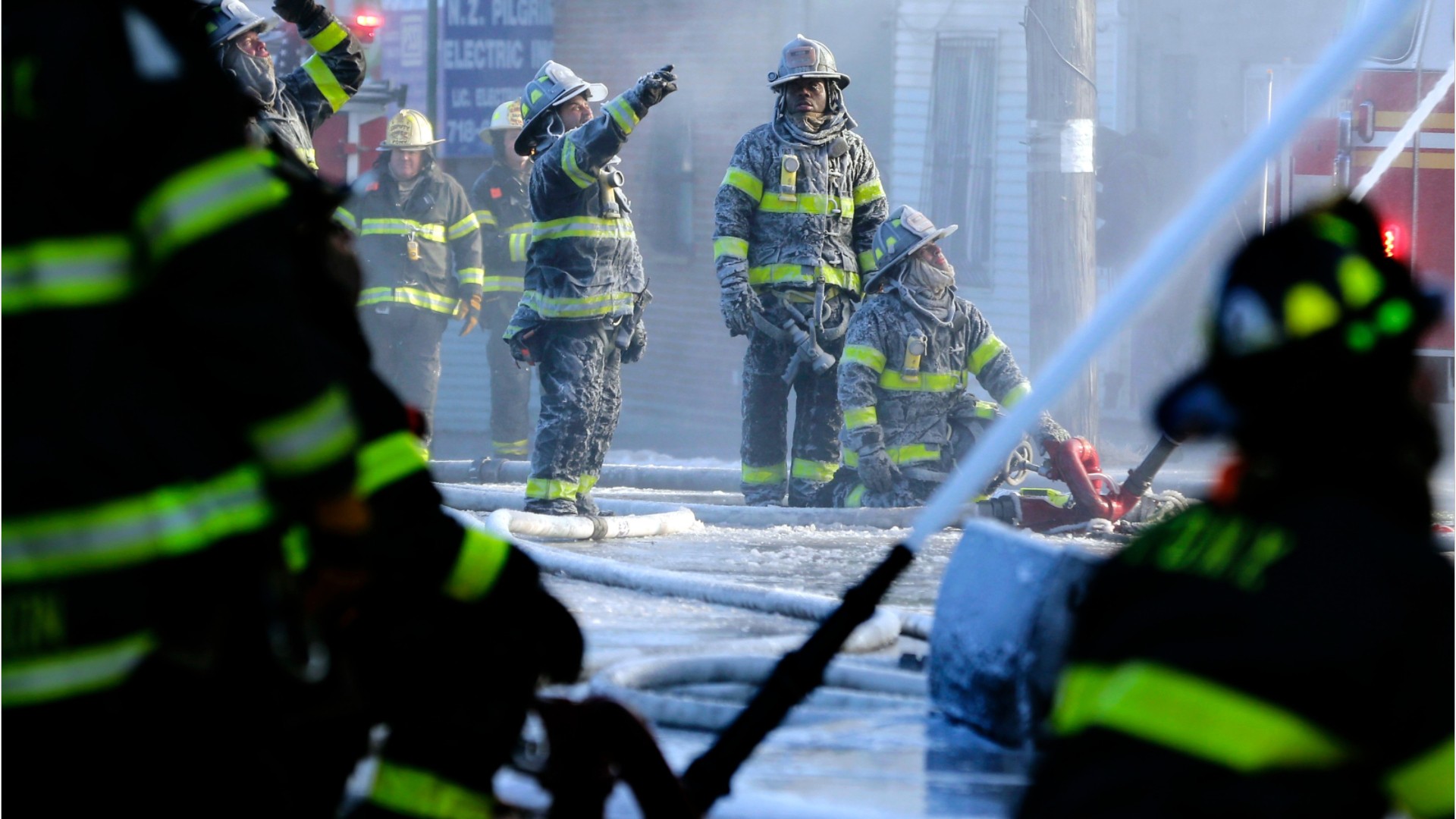Firefighters
Fire Engineer, Fire Equipment Operator, Firefighter, Wildland Firefighter
 Select a military branch to see samples.
Select a military branch to see samples.
Fire Protection; Fire Protection Craftsman; Fire Protection Manager; Fuels Apprentice; Fuels Journeyman; Mobility Force Aviator, KC-135 Boom Operator; Special Reconnaissance; Special Reconnaissance Helper; Tactical Air Control Party (TACP); Tactical Air Control Party (TACP) Helper
Cannon Crewmember; Cavalry Scout; Chemical, Biological, Radiological, and Nuclear (CBRN); Chemical, Biological, Radiological, and Nuclear (CBRN) Specialist; Combat Engineer; Combat Medic Specialist; Firefighter; M1 Armor Crewman; Military Police; Unit Supply Specialist
Damage Controlman; Marine Safety Specialist Engineer; Material Maintenance Specialty
Expeditionary Firefighting and Rescue (EFR) Specialist
Air Operations Technician; Aircraft Director; Aviation Boatswain's Mate, Aircraft Handling; Aviation Boatswain's Mate, Launching and Recovery Equipment; Conversion NEC ABH Aviation Boatswain's Mate (Aircraft Handling); Crash and Salvage Fire Fighter; Damage Controlman; Electromagnetic Aircraft Launching System (EMALS) Operator/Maintainer; Ship Survivability Systems Maintainer; Shipboard Aircraft Rescue, Firefighting and Salvage Specialists
Fire Protection; Fire Protection Apprentice; Fire Protection Helper; Fire Protection Journeyman
What they do:
Control and extinguish fires or respond to emergency situations where life, property, or the environment is at risk. Duties may include fire prevention, emergency medical service, hazardous material response, search and rescue, and disaster assistance.
On the job, you would:
- Rescue survivors from burning buildings, accident sites, and water hazards.
- Dress with equipment such as fire-resistant clothing and breathing apparatus.
- Assess fires and situations and report conditions to superiors to receive instructions, using two-way radios.
Knowledge
Safety and Government
- public safety and security
- law and government
Business
- customer service
- management
Education and Training
- teaching and course design
Engineering and Technology
- building and construction
Skills
Basic Skills
- thinking about the pros and cons of different ways to solve a problem
- figuring out how to use new ideas or things
Problem Solving
- noticing a problem and figuring out the best way to solve it
Social
- changing what is done based on other people's actions
- looking for ways to help people
Abilities
Endurance
- exercise for a long time without getting out of breath
Verbal
- listen and understand what people say
- communicate by speaking
Physical Strength
- lift, push, pull, or carry
- exercise for a long time without your muscles getting tired
Hand and Finger Use
- keep your arm or hand steady
Personality
People interested in this work like activities that include practical, hands-on problems and solutions.
They do well at jobs that need:
- Initiative
- Self-Confidence
- Adaptability
- Perseverance
- Stress Tolerance
- Self-Control
Technology
You might use software like this on the job:
Data base user interface and query software
- Fire incident reporting systems
- Microsoft Access
Presentation software
- Microsoft PowerPoint
Electronic mail software
- Email software
- Microsoft Outlook
Education
Education: (rated 3 of 5)
high school diploma/GED or
certificate after high school
usually needed
certificate after high school
usually needed
Job Outlook
Average
New job opportunities are likely in the future.
Explore More
- Fire Inspectors & Investigators
- Fire-Prevention & Protection Engineers
- First-Line Supervisors of Firefighting & Prevention Workers
- Forest Fire Inspectors & Prevention Specialists
- Lifeguards, Ski Patrol, & Other Recreational Protective Service Workers
You might like a career in one of these industries:
See more details at O*NET OnLine about Firefighters.





